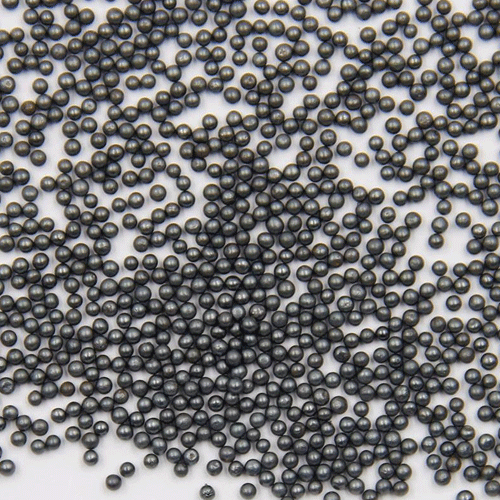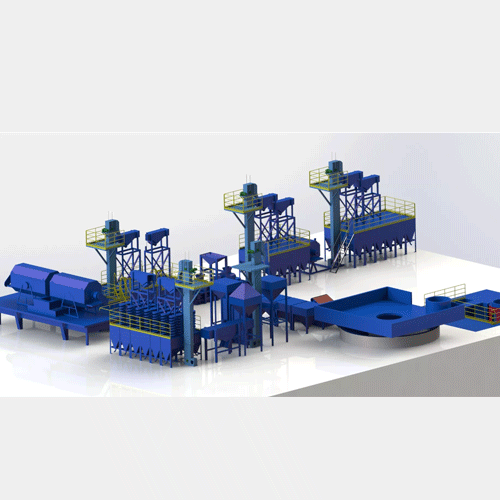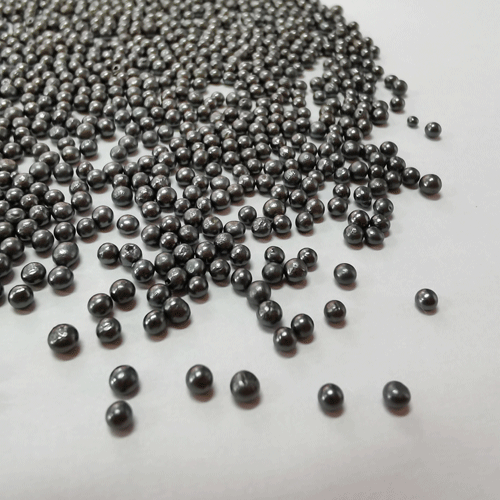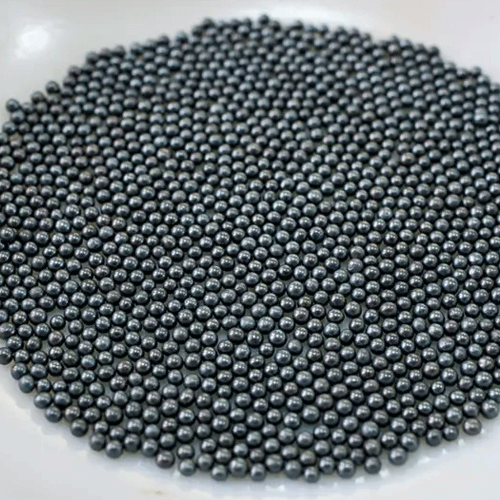Surface treatment is a process that artificially forms a layer on the surface of a base material that has different mechanical, physical and chemical properties from the base material. The purpose of surface treatment is to meet the corrosion resistance, wear resistance, decoration or other special functional requirements of the product. Here are some common surface treatment methods:
1.Polishing Polishing refers to a processing method that uses mechanical, chemical or electrochemical effects to reduce the surface roughness of the workpiece to obtain a bright and smooth surface. It is the modification of the workpiece surface using polishing tools and abrasive particles or other polishing media. Polishing cannot improve the dimensional accuracy or geometric shape accuracy of the workpiece, but is intended to obtain a smooth surface or mirror gloss. Sometimes it is also used to eliminate gloss (matting).
2.2. Sandblasting uses the impact of high-speed sand flow to clean and roughen the surface of the substrate. Compressed air is used as power to form a high-speed jet beam to spray the spray material (copper ore, quartz sand, emery, iron sand, Hainan sand) at high speed onto the surface of the workpiece that needs to be processed, so that the appearance or shape of the outer surface of the workpiece surface changes. , due to the impact and cutting effect of abrasives on the surface of the workpiece, the surface of the workpiece obtains a certain degree of cleanliness and different roughness, which improves the mechanical properties of the surface of the workpiece, thereby improving the fatigue resistance of the workpiece and increasing its interaction with the coating. The adhesion between layers extends the durability of the paint film and also facilitates paint leveling and decoration.
3.3. Wire drawing is a surface treatment method that uses grinding products to form lines on the surface of the workpiece to achieve a decorative effect. According to the different textures after drawing, it can be divided into: straight grain drawing, random grain drawing, corrugated grain, and spiral grain. Surface drawing treatment is a surface treatment method that uses grinding products to form lines on the surface of the workpiece to achieve a decorative effect.
4.4. Anodizing An electrolytic oxidation process in which the surface of aluminum and aluminum alloys is usually transformed into an oxide film that has protective, decorative and other functional properties. Based on this definition, the anodization of aluminum only includes the process of generating an anodized film. A metal or alloy product is used as an anode, and an oxide film is formed on the surface using electrolysis. Metal oxide films change the surface state and properties, such as surface coloring, improving corrosion resistance, enhancing wear resistance and hardness, protecting metal surfaces, etc.
5.5. The electrophoresis process is divided into anodic electrophoresis and cathodic electrophoresis. If the paint particles are negatively charged, the workpiece is the anode, and the paint particles are deposited on the workpiece to form a film under the action of the electric field force, which is called anodic electrophoresis; conversely, if the paint particles are positively charged, the workpiece is the cathode, and the paint particles are deposited on the workpiece to form a film, which is called anodic electrophoresis. Cathodic electrophoresis.
6.6. PVDPVD is the abbreviation of Physical Vapor Deposition in English. It refers to the use of low-voltage, high-current arc discharge technology under vacuum conditions, using gas discharge to evaporate the target and cause both the evaporated material and the gas to evaporate. Ionization uses the acceleration of an electric field to deposit evaporated substances and their reaction products on the workpiece.
7.7. Electroplating is a process that uses the principle of electrolysis to plate a thin layer of other metals or alloys on the surface of certain metals. It is a process that uses electrolysis to attach a metal film to the surface of metal or other material parts. It can prevent metal oxidation (such as rust), improve wear resistance, conductivity, reflectivity, corrosion resistance (copper sulfate, etc.) and enhance appearance. The outer layer of many coins is also electroplated.
8.8. Etching usually refers to etching, also known as photochemical etching. It refers to removing the protective film of the area to be etched through exposure plate making and development. During etching, it is exposed to chemical solutions to achieve the effect of dissolving corrosion and forming concave and convex or hollow molding effects.
9.9. Spraying Spraying is a coating method that uses a spray gun or a disc atomizer to disperse the spray into uniform and fine droplets with the help of pressure or centrifugal force and apply it to the surface of the object to be coated. It can be divided into air spraying, airless spraying, electrostatic spraying and various derivatives of the above basic spraying forms, such as large flow low pressure atomized spraying, thermal spraying, automatic spraying, multi-group spraying, etc. Spraying operation has high production efficiency and is suitable for manual work and industrial automation production.
10.10. Laser engraving, also called laser engraving or laser marking, is a surface treatment process that uses optical principles.
 Metal surface shot peening process
Metal surface shot peening process
 Grinding Applications in the Automotive Industry
Grinding Applications in the Automotive Industry
 Tips and features for using shot blasting machine steel shots
Tips and features for using shot blasting machine steel shots
 Applications of low carbon steel shot
Applications of low carbon steel shot